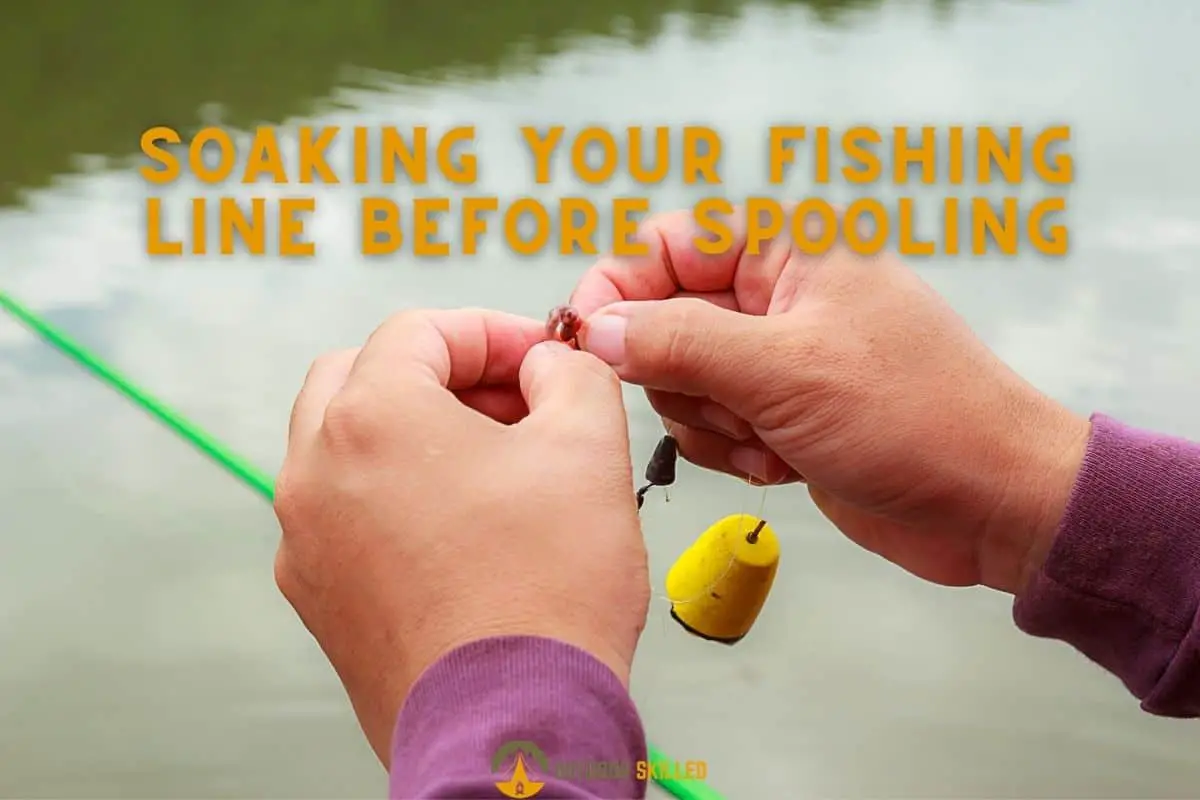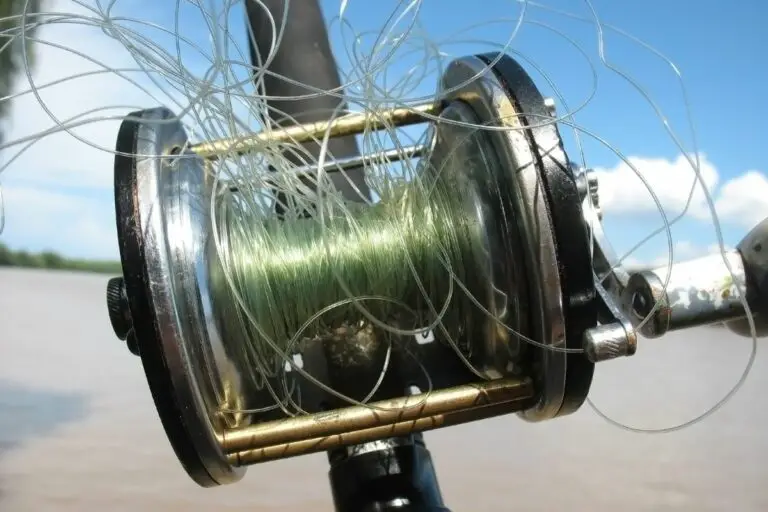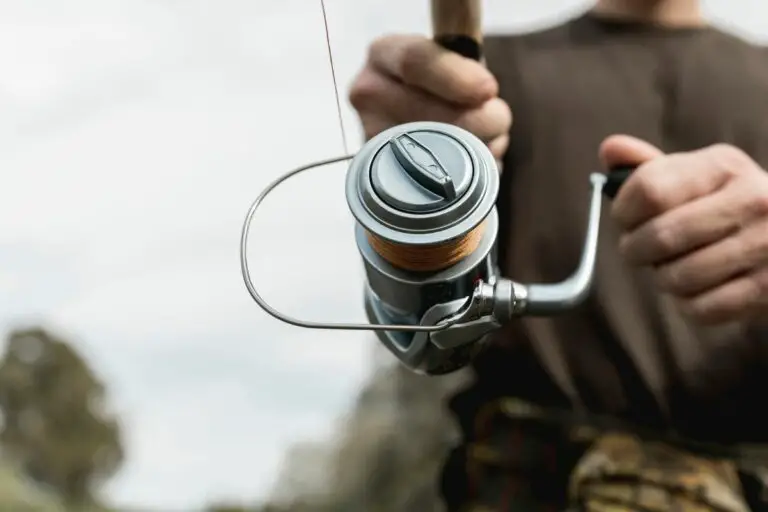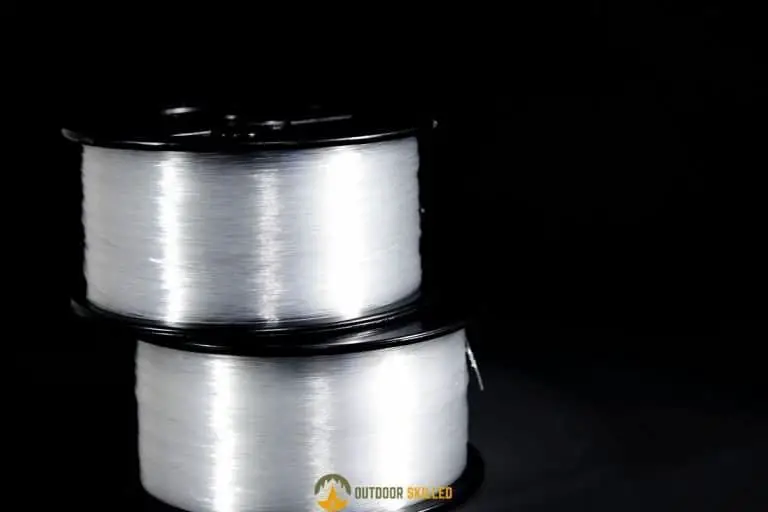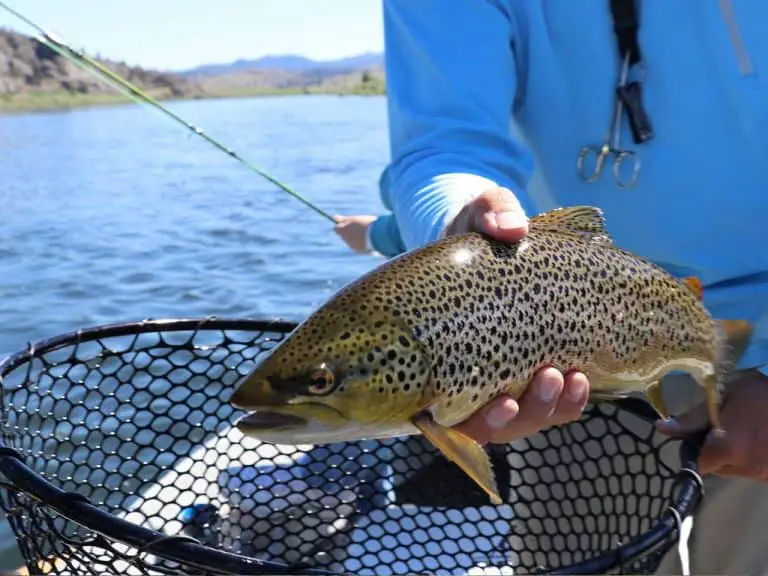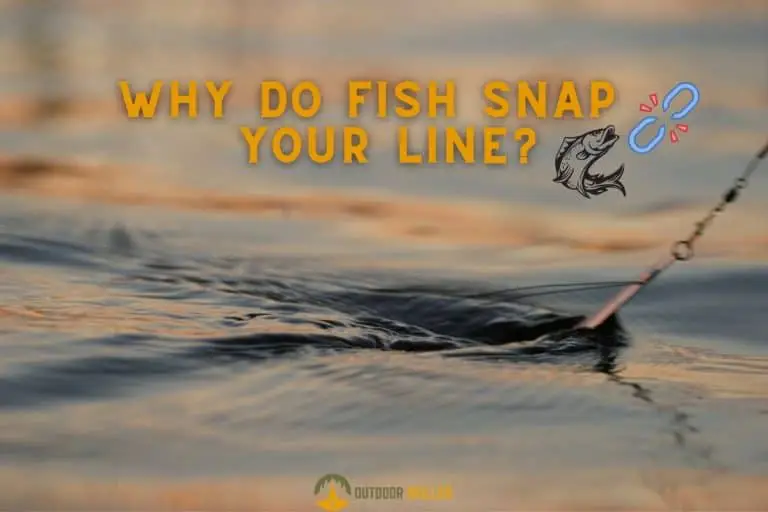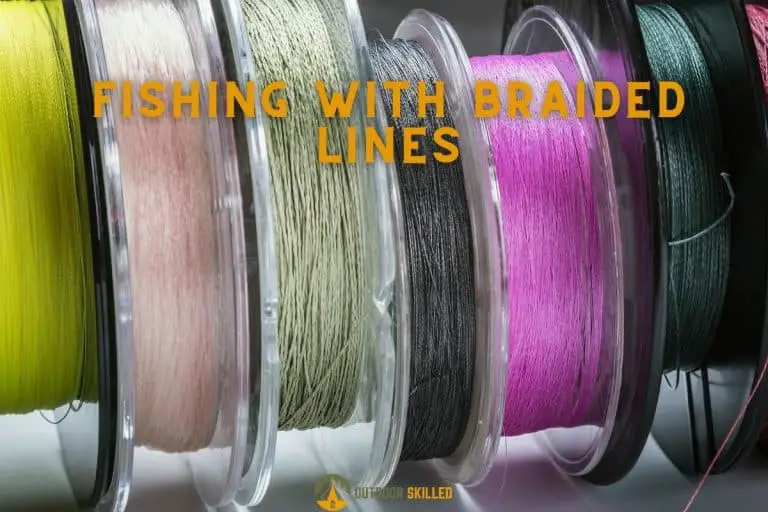Do You Need To Soak The Fishing Line Before Spooling? 10 Steps To Do
A correctly spooled spinning reel gives you the best chance of catching more fish, on the other hand, a poorly spooled spinning reel is more prone to twists and tangles which hinders your fishing performance.
You don’t need to worry though, simple methods such as soaking your line in warm water can help you avoid this kind of hassle.
So, do you need to soak fishing line before spooling? You need to soak the fishing line before spooling because putting a fishing line in warm water for a period of time will help when you’re spooling a spinning reel. It will reduce tangles and ensure better casting performance.
Keep reading to learn how to soak your lines before spooling to avoid line twists and how to spool a fishing reel.
Table of Contents
How to Soak Your Lines Before Spooling?

The most recommended method is to soak the fishing line in hot water. This will allow the water to saturate the line, and it will bend effectively when you are wrapping it without the need for additional pressure.
Using warm water instead of hot water is best, as it means you can add some tension to the line with your finger and thumb when you’re spooling it up without burning your skin from the friction heat. You can also add a little bit of soap to the warm water to reduce friction.
When it comes to how long to soak the fishing line, mostly you only need a few hours of soaking time, but some experts recommend leaving the line to soak overnight for the best results.
What Is Line Twist and Why does it Happen?

Line Twist is one of the most common problems that any angler can face. It leads to tangles and eventually causes severe damage to your line.
Line twist basically happens when your fishing line spins around in a tight spiral. When the line is rigid it can be unnoticeable to the eye, but when you let the line loose, it will be much more apparent.
All types of fishing lines can twist; however, some are easier to manage than others:
- Monofilament and Fluorocarbon lines are known to have high memory, so they’re more likely to tangle when spooling them on a reel.
- Braided lines are considered to be the best line for spinning reel. It doesn’t have high memory which makes it easier to manage when spooling.
Check out my other article for the best braided fishing line for spinning reels. If you have trouble picking your fishing line, you can check out my guide on picking fishing lines here as well.
Getting The Twists Out
If you are on a boat and need to remove the line twist quickly, simply cut off the lure, let out your line, and troll the empty line behind the boat for a few minutes.
To avoid getting line twists in your new fishing line altogether is learning how the proper way of spooling a fishing reel.
How to Spool Line on a Spinning Reel?

Understanding how to spool fishing line onto a spinning reel will help you avoid a lot of problems while fishing, such as line twist.
So, here are the steps you need to follow to learn how to spool a spinning reel:
Putting new line on a reel
- Determine if the reel turns clockwise or counterclockwise by holding it the same way you would if you were fishing and turning 2-3 times.
- The way the wheel turns is the way the line will be spooled onto the reel, while the opposite direction will be the way the line will peel off the spool when you cast.
- Open the bail by flipping the small handle up.
- The bail is a little wire handle that flips up and down to open and close it.
- String your line straight through the guides and secure it.
- The guides are a sequence of small circles that line the bottom of the rod and keep the line in place.
- Secure the line to the spool by using an arbor knot, then cut any extra line with line cutters or scissors.
- Ensure that you leave at least a 1⁄4 in of additional line from where you tied the knot.
Here is a simple video showing how to spool a fishing line on a reel:
Spooling spinning reel
- Close the bail and lay the spool on the floor with the label facing up to make sure that the line enters the reel properly,
- Pinch the line lightly, about 8-12 inches above the reel, then pull the line tight.
- Crank the reel slowly, about 20 times, and then allow the line to slip through your pinched fingers.
- Apply light pressure while you’re loading the line, otherwise, the line will go loose and end up becoming tangled later
- Continue loading the line slowly and stop every 20-30 cranks to check your line for twists.
- Fill the spool until it is 1⁄8 inch away from the edge. This will give you plenty of excess line to use, even if you have to cut off a large part of the line when you’re changing lures.
- Remember to never fill the spool to the very edge.
- Cut the line close to the supply spool, while leaving a small amount of excess line and secure the line on the spool.
- Use a lure, swivel, or clip to secure the free end of your line. This will stop the line from slipping through the guides. You can also tie a rubber band around the spool.
- If your spool comes with a tab in it, you can tie the end of the line around the tab.
Here is a video on how to spool a spinning reel:
Related Question
Is Braided Line Good for Spinning Reels?
You can use a braided line for a spinning reel if you spool your reel with a suitable backing. The most effective way to achieve this is by using a monofilament backing.
How Often Should You Re-spool Your reel?
If you’re using a braided line, it’s recommended to re-spool every 1 to 2 years on average. If you’re using monofilament or fluorocarbon, it’s recommended to re-spool every 3 to 6 weeks.
Can You Soak Spinning Reels in Warm Water?
Soaking spinning reels in warm water or washing them under high pressure is highly not recommended as it will force water into the gearing and drag system of the reel, which can lead to a lot of damage.
Can You Use Braided Line on a Spinning Reel and on a Baitcaster?
You can use a braided line on a spinning reel and on a bait caster. In fact, braided lines are considered to be the best line for spinning and baitcaster reels because they have the least memory which makes them less prone to line twists.
How Long Does Fishing Line Last?
Fishing lines last for about 6 to 12 months, depending on the type of line and how much you use it. Braided lines tend to last longer than monofilament and fluorocarbon lines. To determine if your fishing line is still good, make sure to inspect it for signs of damage.
Helpful Resources
What Does Pound Test Mean For Fishing Line?
These Are The Fishing Lines I Absolutely Love
- After Testing endless brands and varieties, these are the best Fluorocarbon lines, these are the best Braided lines, and these are the best monofilament fishing lines.
- These are the best Ice Fishing Lines for your money
- These are the fly fishing lines that have never let me down.
- Targeting Trout? These are the best fishing lines for trout. For Bass, use these bass fishing lines.
- Not sure which fishing line to use? Check out these comparisons:
- Going Crappie Fishing? These Crappie Fishing Lines outperform everything else (and their price!)
If you like this article, please share it or pin it, you can find the share buttons below. We will really appreciate it ❤️

